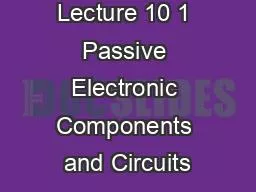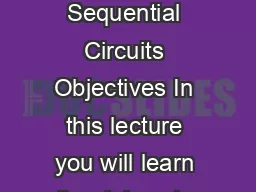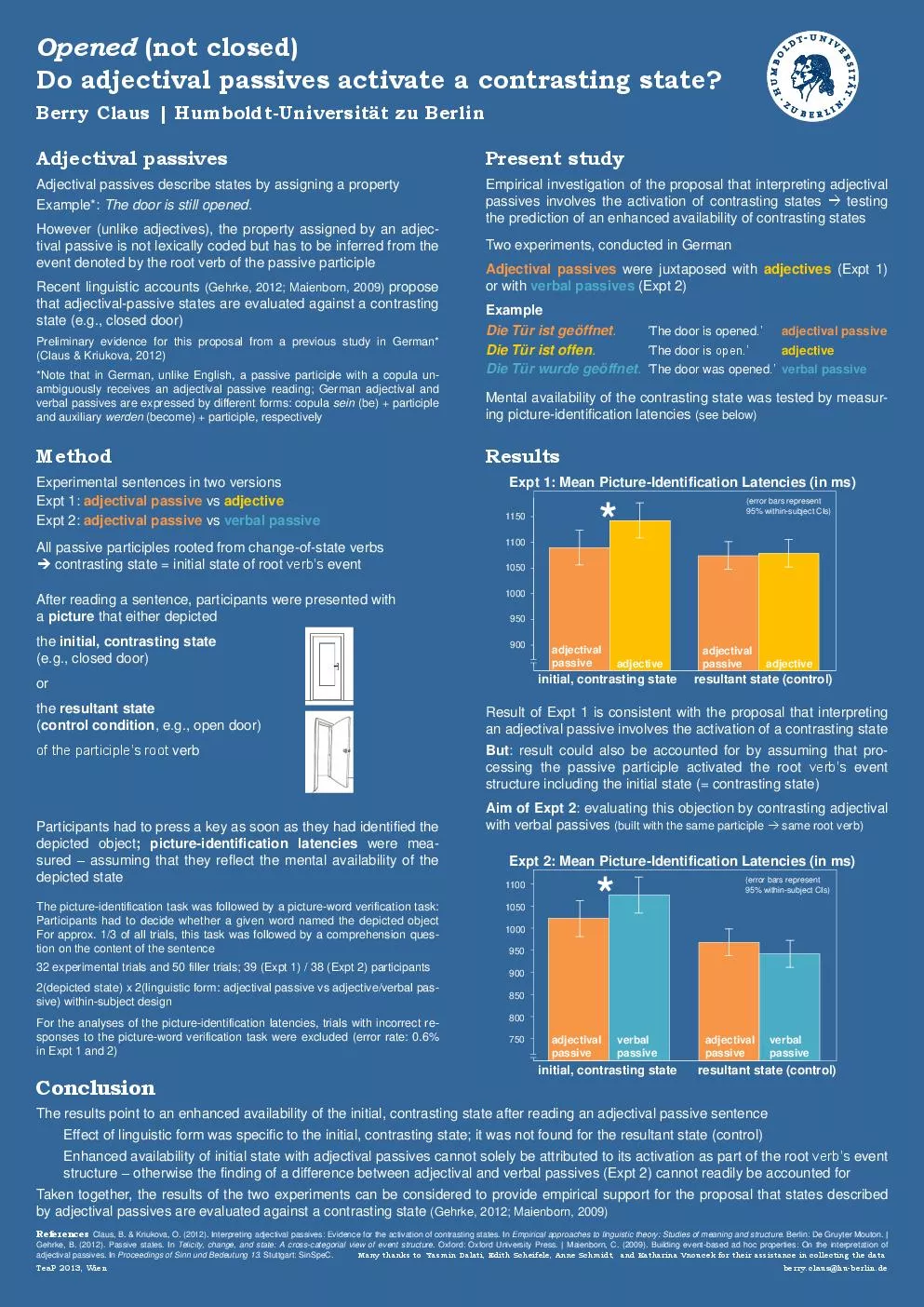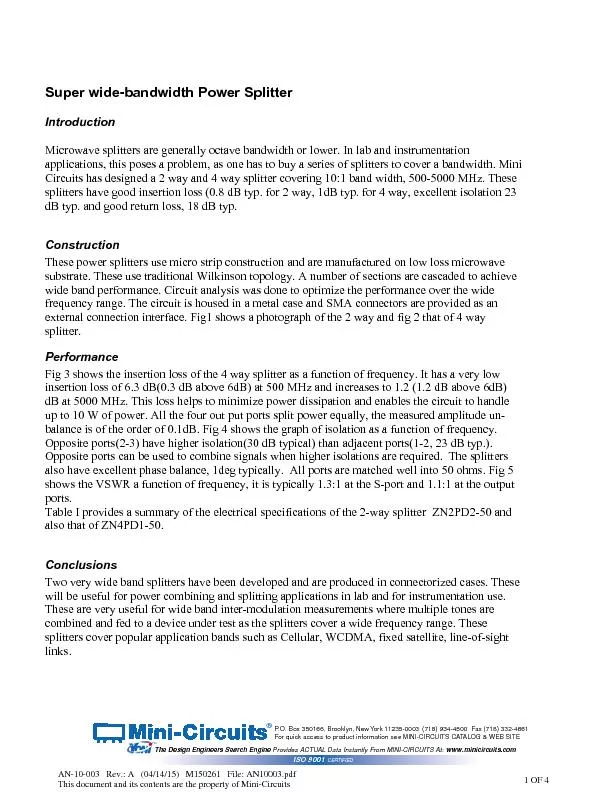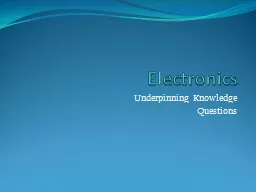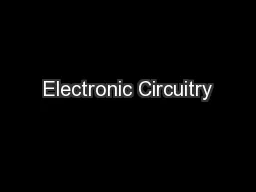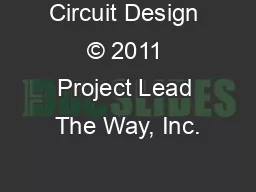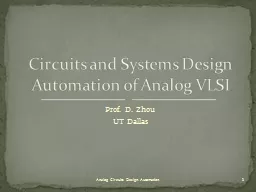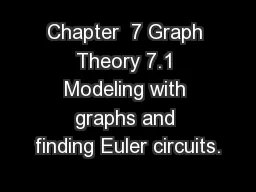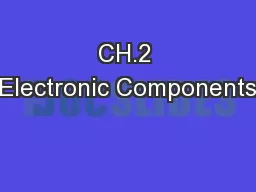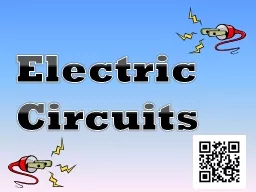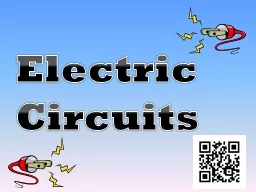PPT-Lecture 10 1 Passive Electronic Components and Circuits
Author : mentegor | Published Date : 2020-08-04
PECC Coils Inductors Coils Short history Electrical Properties Constructive elements for coils Parameters Categories Transformers Coils Short history 1821
Presentation Embed Code
Download Presentation
Download Presentation The PPT/PDF document "Lecture 10 1 Passive Electronic Componen..." is the property of its rightful owner. Permission is granted to download and print the materials on this website for personal, non-commercial use only, and to display it on your personal computer provided you do not modify the materials and that you retain all copyright notices contained in the materials. By downloading content from our website, you accept the terms of this agreement.
Lecture 10 1 Passive Electronic Components and Circuits: Transcript
Download Rules Of Document
"Lecture 10 1 Passive Electronic Components and Circuits"The content belongs to its owner. You may download and print it for personal use, without modification, and keep all copyright notices. By downloading, you agree to these terms.
Related Documents

